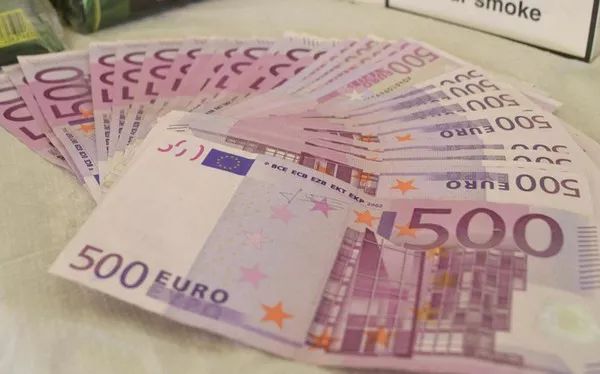The European Central Bank (ECB) is one of the most important central banks in the world. It was established in 1998 and is responsible for conducting monetary policy for the eurozone, which consists of 19 countries that use the euro currency.
In this article, we will explain how the ECB operates and what its key responsibilities are.
Structure of the ECB
The ECB has a unique governance structure that is designed to ensure its independence and effectiveness. The bank is led by an executive board which consists of six members, including the president, vice-president, and four other members. The executive board is responsible for implementing the ECB’s monetary policy decisions and managing its day-to-day operations.
In addition to the executive board, the ECB also has a governing council which is made up of the six members of the executive board and the governors of the national central banks of the eurozone countries. The governing council is responsible for making the ECB’s monetary policy decisions, such as setting interest rates and deciding on the size of the bank’s asset purchases.
Monetary Policy Operations
The primary responsibility of the ECB is to maintain price stability in the eurozone. This means keeping inflation below, but close to, 2% over the medium term. To achieve this goal, the ECB conducts a range of monetary policy operations.
One of the main tools used by the ECB is interest rates. The bank sets the interest rate on its main refinancing operations, which is the rate at which it lends money to commercial banks. By adjusting this rate, the ECB can influence borrowing costs throughout the eurozone economy and encourage or discourage spending and investment.
Another tool used by the ECB is asset purchases. The bank can buy government bonds and other assets from banks and financial institutions in order to inject money into the economy and stimulate lending and investment. This process is known as quantitative easing (QE).
Supervision of Banks
In addition to its monetary policy responsibilities, the ECB also has supervisory powers over banks in the eurozone. This means that it is responsible for ensuring that banks operate safely and soundly, and that they have enough capital to absorb losses.
To carry out its supervisory role, the ECB works closely with national supervisory authorities, such as the German Federal Financial Supervisory Authority (BaFin) or the Bank of Spain. The ECB is also responsible for issuing banking licenses and approving acquisitions and mergers involving eurozone banks.
International Role
The ECB also plays an important role on the international stage. It represents the eurozone in discussions and negotiations with other central banks and international organizations, such as the International Monetary Fund (IMF) and G7/G20 meetings.
Moreover, the ECB participates in various international committees, such as the Basel Committee on Banking Supervision, which sets global standards for banking regulation and supervision.
Conclusion
The European Central Bank is a crucial institution for the eurozone economy. Its primary responsibility is to maintain price stability, but it also plays an important role in supervising banks and representing the eurozone internationally.
With its unique governance structure and range of tools, the ECB is well-equipped to respond to economic challenges and ensure the stability of the eurozone financial system.
Related topics:
- Can the Euro Survive? A Look at the Challenges and Opportunities Ahead
- Euro is Losing Value
- Dollar, Pounds, and Euro: An Overview of the World’s Major Currencies


